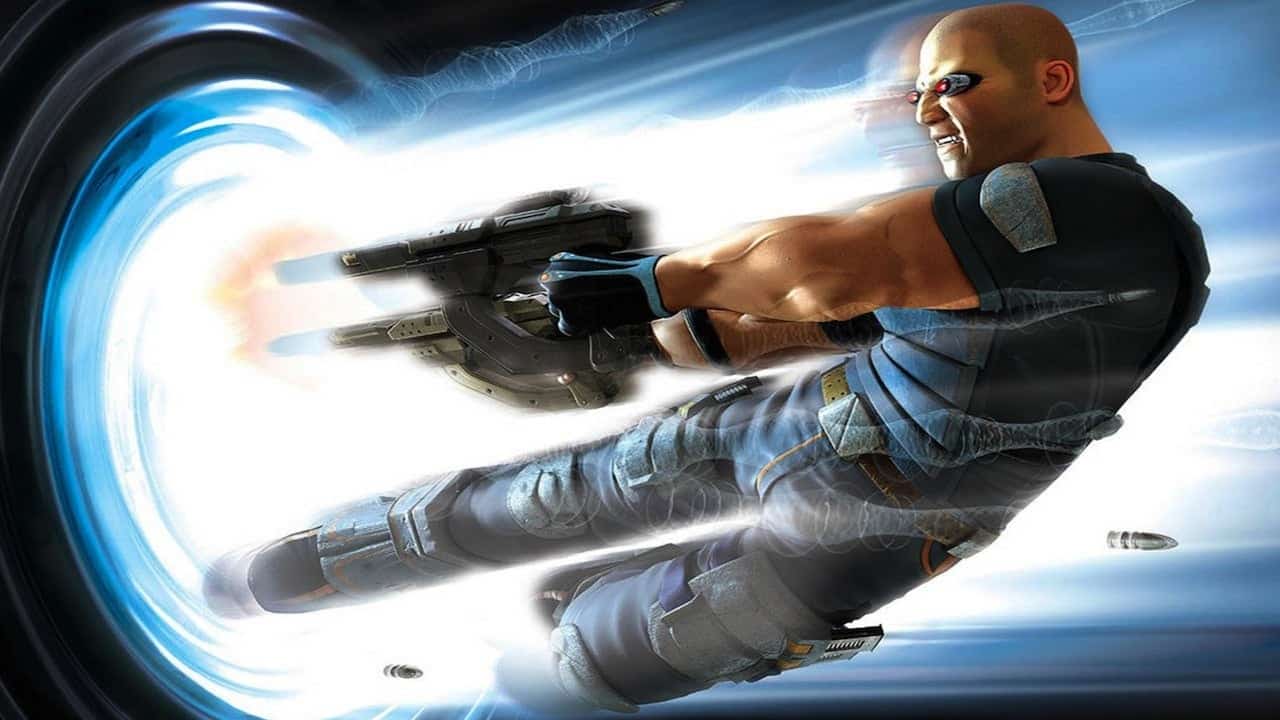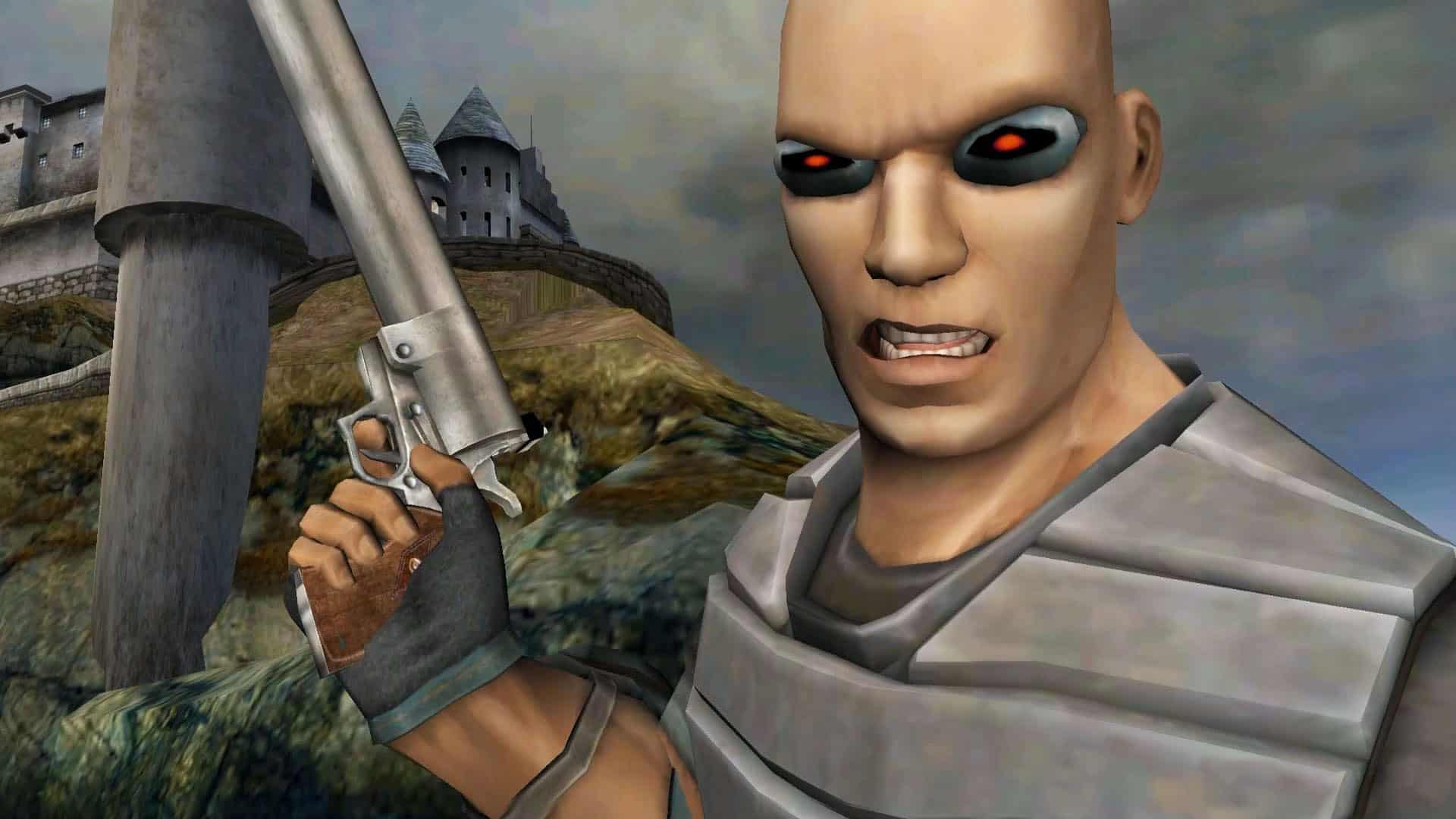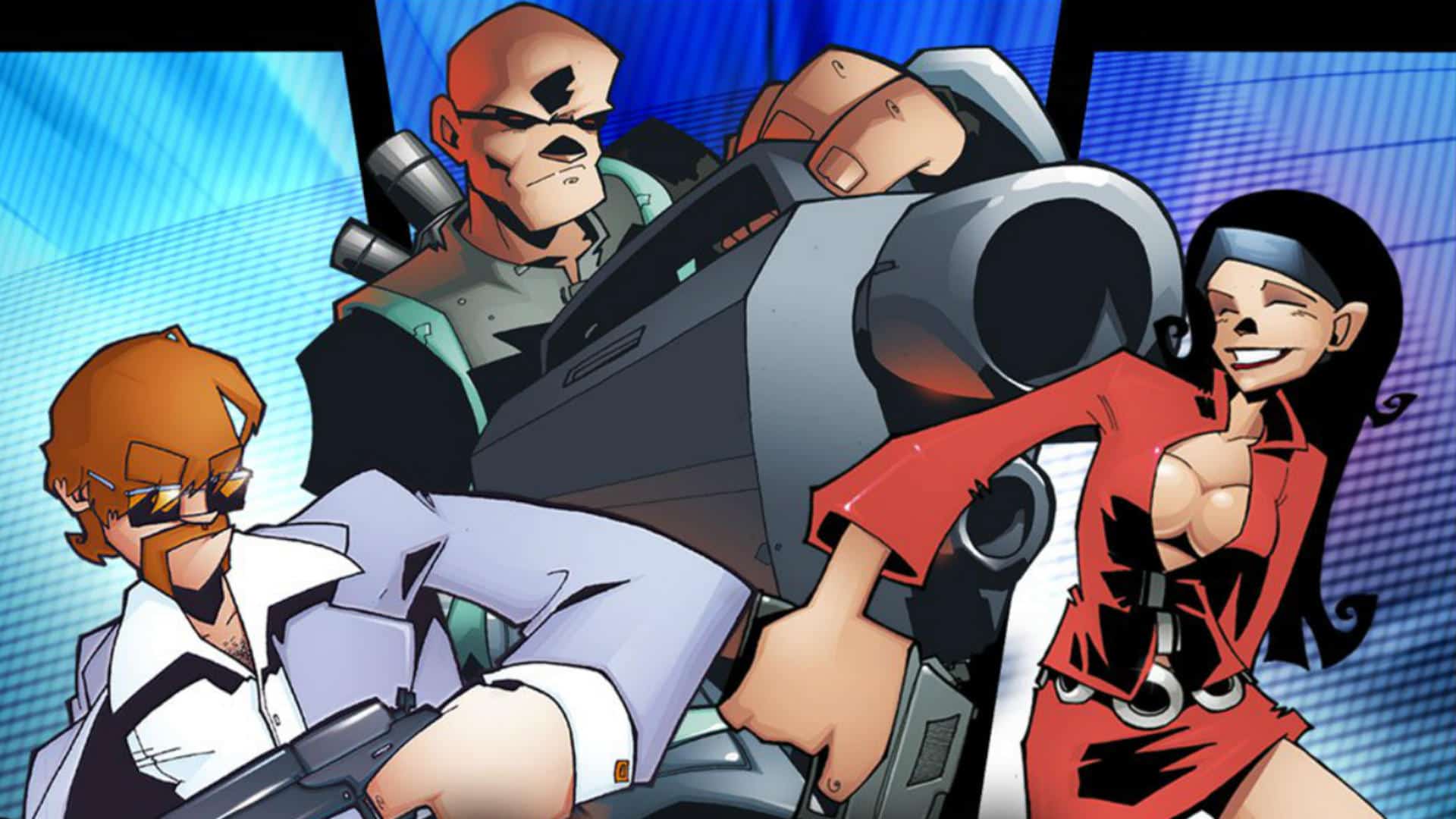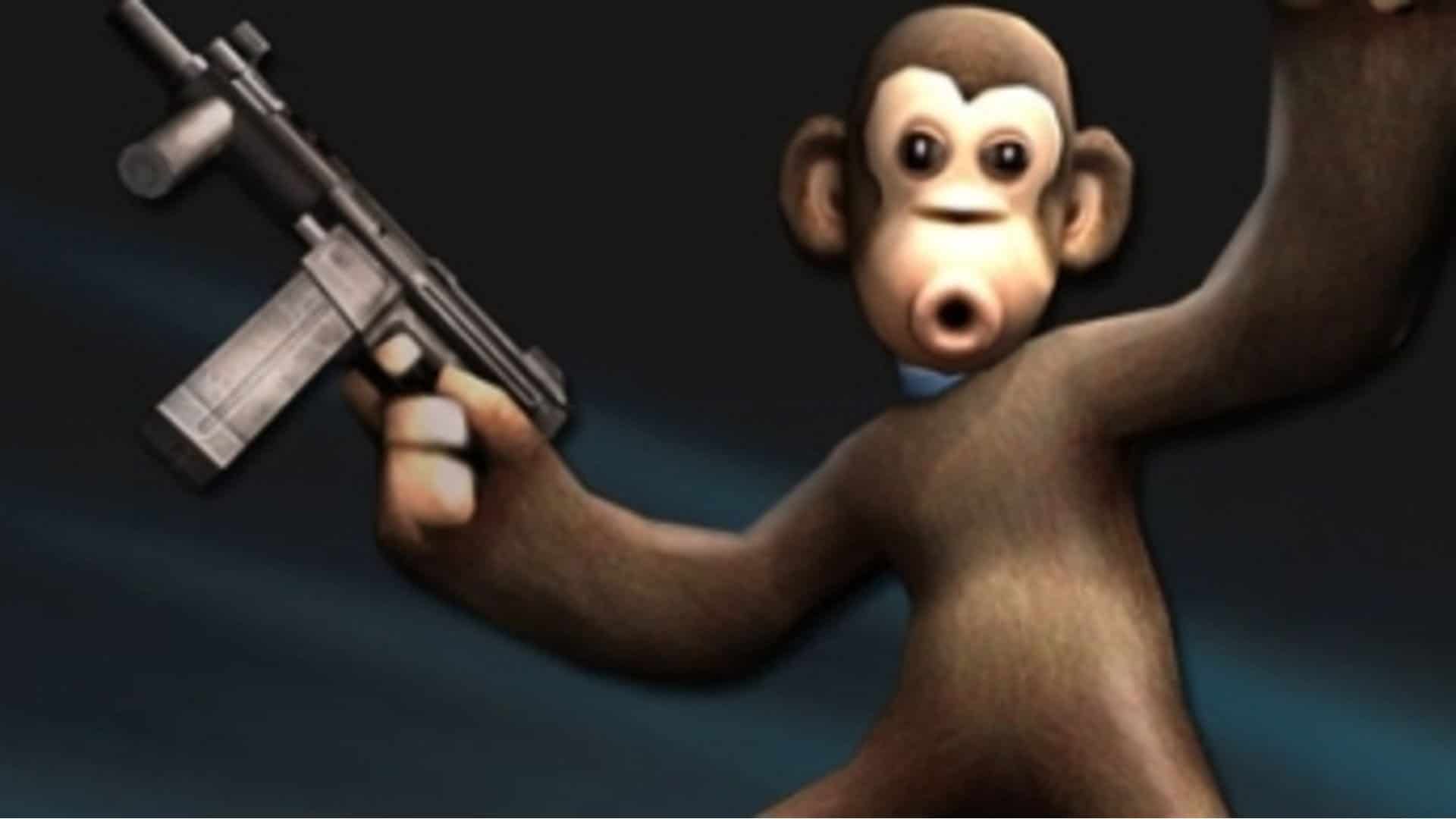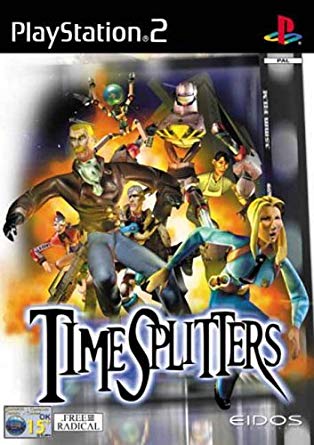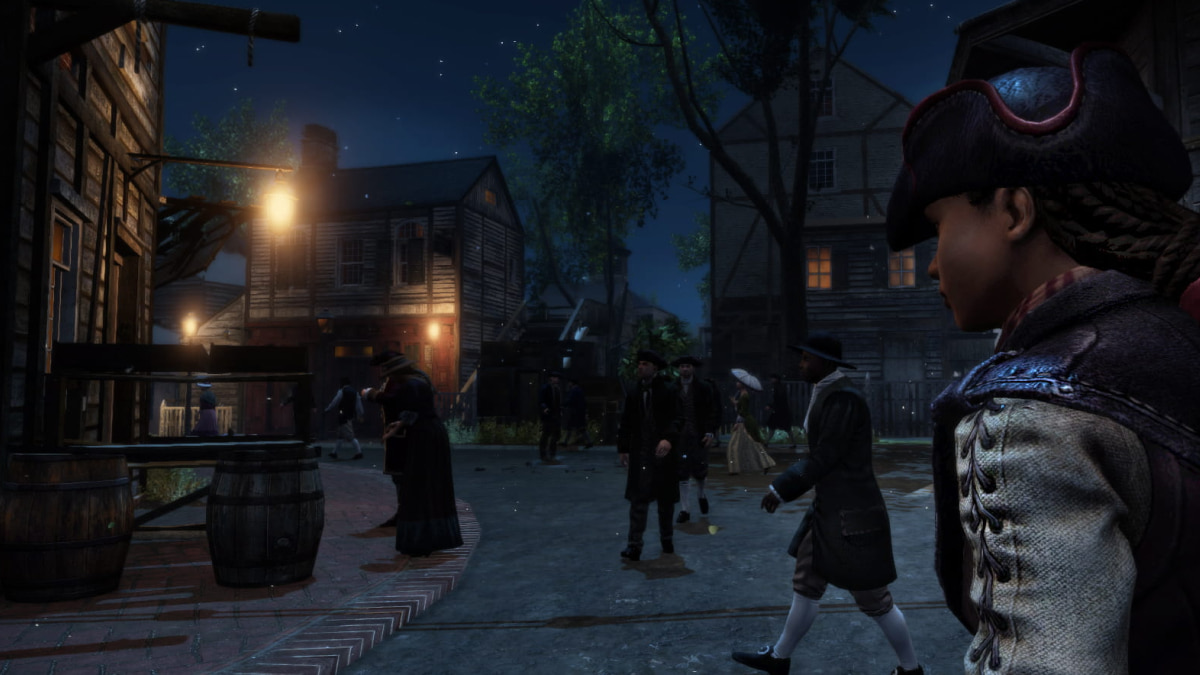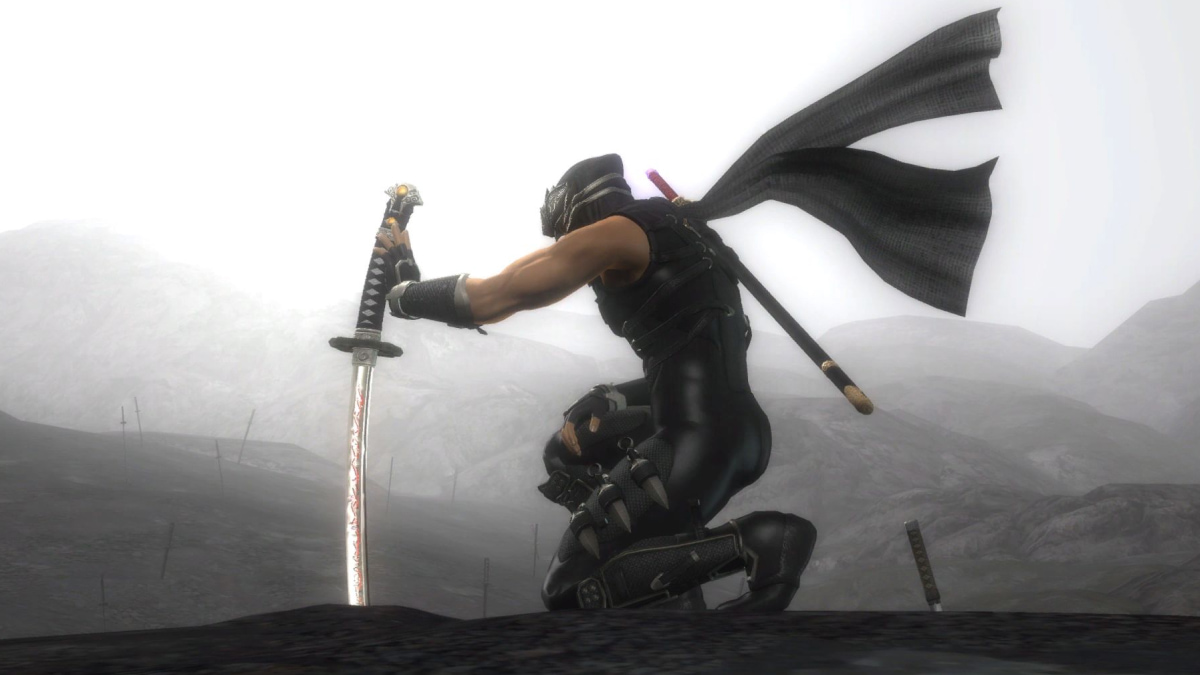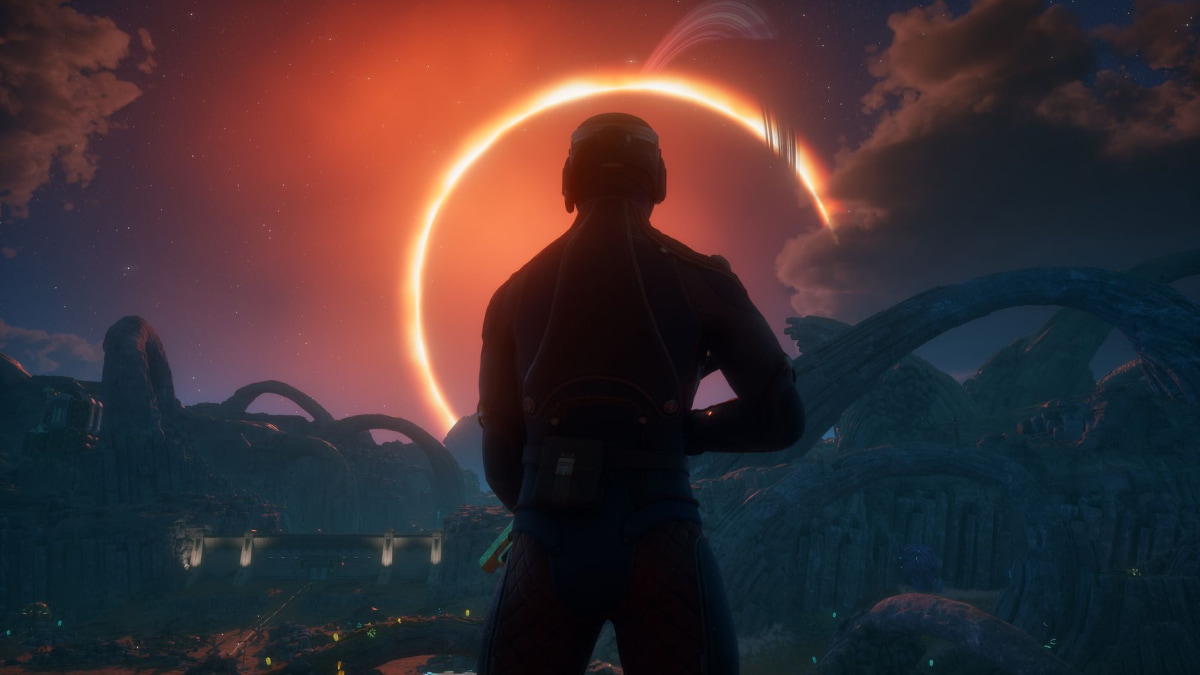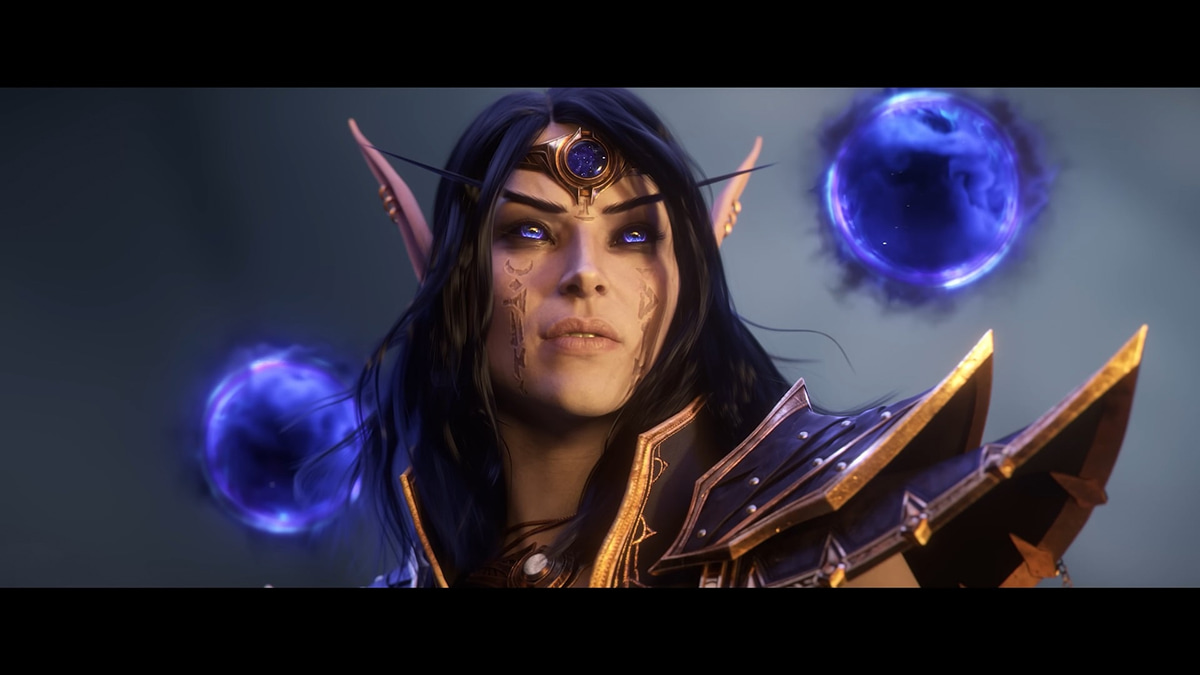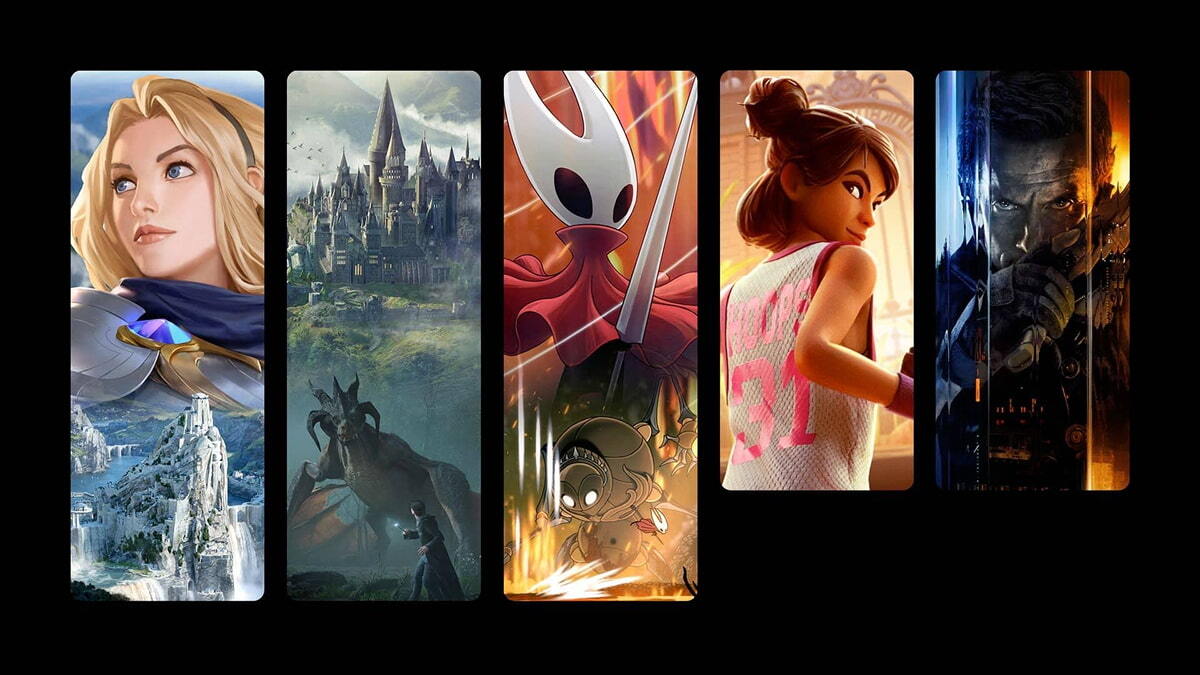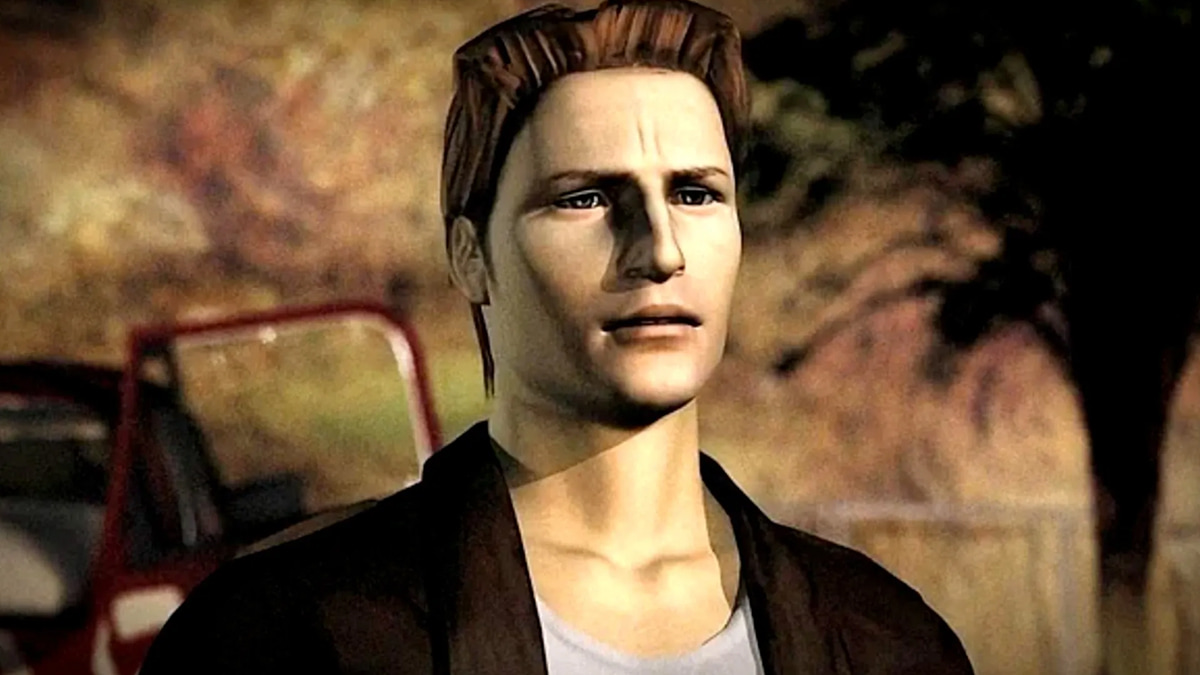You can trust VideoGamer. Our team of gaming experts spend hours testing and reviewing the latest games, to ensure you're reading the most comprehensive guide possible. Rest assured, all imagery and advice is unique and original. Check out how we test and review games here
In video games, the biggest of deals take the strangest and most unlikely forms. The wise and weary souls at Nintendo, for example, must go to their sleep knowing that the health of entire genres—to say nothing of the health of entire fiscal quarters—depends on the exploits of a pudgy plumber. A plumber, we might add, whose days entail not the unclogging of drains but the besting of an overgrown lizard who, like King Kong, is desperate to swipe the bright-blonde object of his affection and bear her away to his tower. You can understand the thinking of those at Microsoft at the turn of the millennium, as they put their stock in Master Chief; a seven-foot-tall genetically engineered marine, soldered into a muddy-green diving bell of a space suit, he at least looks as if he could fend off the competition.
What, then, should we make of Cortez, the hero of TimeSplitters? For one thing, can he even be called the hero, given that he arrived in the second installment and, like Scott Bakula in Quantum Leap, spent most of the run time inhabiting the bodies of other people? He doesn’t exactly look like the sort upon whom great things may hinge. He looks more like the sort upon whom B movies may hinge. Literally. The creative minds at Free Radical clearly took one look at Vin Diesel in Pitch Black—at his dark and goggled gaze, the noble dome of his head, the hair shaved down to a shadow, and the sheer baggage of his biceps—and said, “That’ll do.”
And it did. Its pleasures, starting early in the life of the PlayStation 2, were in its art style (chunky-limbed and bendy) and its fevered local split-screen multiplayer—which has since grown unfashionable. (Personally, I miss the romance of squinting into a deep-fried square of the television, feeling the prickle of a crosshair out the corner of your eye, on one of your opponents’ screens, trained at your head, and scrambling to respond.) And, of course, for some the series is as important as where it came from. Many of those who worked on it made GoldenEye 007, at Rare, and thus it describes a vital arc in console shooter history—a split in time, as it were, marking the end of one era and the start of the next. Mention these games to someone now, and you stand a good chance of eliciting a noise: something in the vicinity of a sigh, mingled with a groan, describing both far-off wonders and intimate frustration.
The frustration springs from the fact that, since the release of TimeSplitters: Future Perfect, the series slipped into an indefinite hiatus; last week, we discovered that the hiatus was more of a hypersleep. TimeSplitters is coming back. Not only that, but Free Radical is reassembling, under the aegis of David Doak and Steve Ellis, two of its original four founding members. “When I saw it, I was really pleased because I just didn’t like the idea of there never being anything done with it,” said Doak, when I spoke to him about Koch Media, the company that had acquired the rights to the IP. “I emailed them to say good luck!” Evidently, those at Koch had more in mind than luck. Indeed, how better to revive TimeSplitters than by turning back the clock?
For most, this news will be cause for rapturous excitement; as addicts of Splinter Cell will tell you, their eyes long since adjusted to the darkness, it isn’t often that you get what you want through pure, unvarnished longing. Rarer still to have a defunct studio reform and rise to the task. We will, at some point over the next few years—probably in a triumphant E3 trailer—catch a glimpse of Cortez, and his finely stubbled head, in high definition. (Outside of a recently unearthed Easter egg in Homefront: The Revolution, which included the entirety of TimeSplitters 2 in 4K, this will be a first.) For the devoted, such a sight will be enough to provoke yips of adulation, and power to them; they have waited long enough. How, then, to account for the strange feeling of anticlimax that has clung to me over the last week?
Maybe it has something to do with time. The last game from Free Radical, released in 2008, felt neither radical nor free. It was called Haze, and it concerned the troops of the Mantel corporation, a private militia, who were encased in waspish yellow-and-black armour and dispatched to various hotspots. They swarmed their enemies, drunk on a drug called Nectar, which made them see the battlefield more happily, melting away the bleak brownness of their surrounds. After playing the game, I wished the developers had quaffed a phial or two of Nectar before getting down to business, so grim and grey was the adventure. It was difficult to believe that the studio behind TimeSplitters, whose action hopped between eras without a care, would be so bothered, so swept up by the passage of time—by the demand for shooters, led by the likes of Call of Duty 4: Modern Warfare, to aim for a mood of impenetrable dourness. Surely, the last thing we would want from a new TimeSplitters would be for it to move with the times?
So, what will a new TimeSplitters look like? What can it bring to our tired eyes, when it reaches us? The appetite for split-screen multiplayer may have dwindled in recent years, swept away in favour of the isolated thrills of online, but what has only grown sharper is our hunger for humour, for silliness, and, quite frankly, for monkeys. On the subject of Modern Warfare, Doak said, “It’s great, and it looks really great, until you realise that if you find a way to run through it—it’s just all about getting to there. If I get to there, then we’re doing the next thing.” True enough, the oiled and frictionless slide of the modern shooter campaign is often scared to slow down, lest the lack of momentum bore us or expose holes in the logic of its plot.
Fortunately for Free Radical’s series, logic—like space, and the natural forwards-flowing surge of time—was a thing to be defied and blasted through. Doak was quick to praise Dishonored, for “trying to be more interesting,” and it could be that this new TimeSplitters may more closely resemble Arkane’s games, with their vast maps and multiple objectives, than the shooters we are used to of late. Whatever shape the game takes, it is entirely possible that my subdued mood has more to do with the fact that so much of our craving for the old is rooted in a deeper desire, for that thing that no publisher can grant us: lost time. Still, just because we can’t conjure the fug of a crowded living room at the turn of the millennium; or go back to the days when a team could make a blockbuster shooter, in an atmosphere of breezy chaos, as though it was no big deal, that doesn’t mean that we shouldn’t be excited for the promise of something new. I’m holding out hope for something strange and funny; for those infamous blowup-doll monkeys, whose origins are a matter of scholarly debate (“Somebody made the monkeys,” said Doak); and, yes, even for Cortez, whose catchphrase—“It’s time to split!”—may yet hold the promise of a journey back. It’s just all about getting to there.
